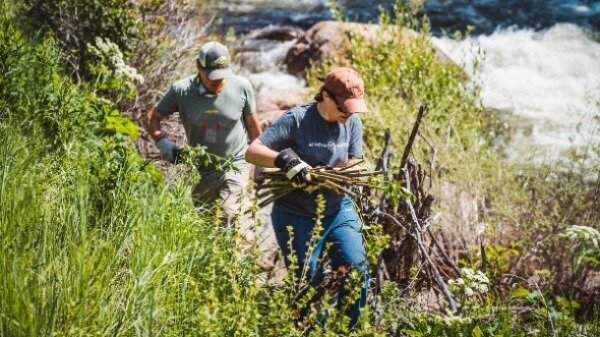When I first saw Sand Creek from the top of Music Pass, I knew instantly that it would occupy a space in my heart for the rest of my life. Why, you might ask, but to understand, you need to stand in that very spot too, as there are no words. This was 2014, a full 9 years after I had first learned of the effort to bring back Rio Grande cutthroat to Sand Creek, and the beginning of year 2 with my job at Trout Unlimited as the Rio Grande Basin Project Manager in the San Luis Valley. I was there as part of a team of researchers alongside Andrew Todd and Ben McGee of the USGS, and our task was to characterize the physical and biological attributes of the watershed through the lens of a fisheries reclamation scope. As we stood there, just before our first of many nights spent in the watershed over the next 5 years, I was overwhelmed with our task but incredibly motivated that such a thing might actually be possible, in a place as pristine and intact as Sand Creek. The first few trips were daunting, the watershed huge and intimidating. But we got to work and slowly chipped away at the tasks. We outfitted streams and tributaries with temperature and intermittency loggers, battling through the lush healthy riparian jungle and mosquito swarms that could carry a baby away. We explored tributaries in near vertical climbs to map the perennial sections and determine if fish were present. We used electrofishing and environmental DNA sampling to determine fish species distributions. We captured fish from the lakes and streams and sent in tissue samples for genetics testing. Through the process our team grew, adding Dewane Mosher, the newly hired biologist from Great Sand Dunes National Park and getting staff support from CPW for mapping the lake bathymetry amongst other tasks.
Each year we became more familiar with the lay of the land, finally wrapping our minds around the expansive watershed and gaining confidence in the physical space. The data was adding to our confidence on the biological side of things too. We learned that most of the tributaries were unoccupied by fish, but instead they contributed clean, super cold water, that was even too cold for successful cutthroat reproduction and recruitment. That meant we didn’t have to treat most of the tribs with
rotenone, securing source populations of aquatic invertebrates to recolonize Sand Creek. This information demonstrates the watersheds resiliency in the face of climate change. Ultimately, this became a driving factor for why Sand Creek is so well suited for re-introduction. Even though the tributaries were found to be too cold, the mainstem was just right as goldilocks would say, benefitting from solar thermal gain at the two lakes in the uppermost sections of the watershed at 12,000 feet in elevation. These lakes are very productive, and our genetics work showed that fish could also reproduce successfully in them. Successful reproduction in lakes is very rare throughout the range of the species, and again added positively to the project’s potential. In fact, the information was so promising, that even before the study was fully complete, the Sand Creek project elevated to the top of the list for Colorado Parks and Wildlife, and the stage was set for a monumental undertaking.

























